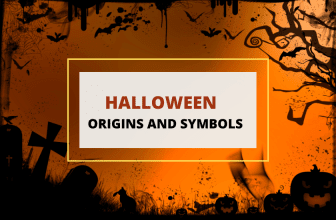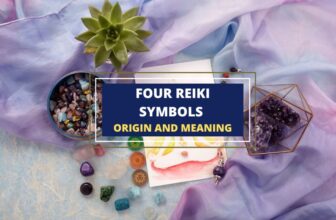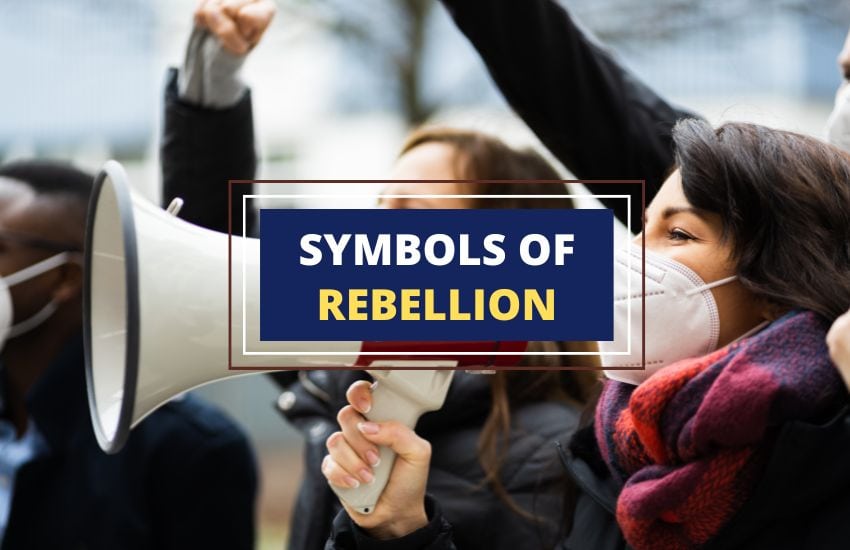
Table of Contents
Symbols of rebellion have played a significant role in many social and political movements, providing a visual representation of dissent, resistance, and opposition to authority.
In this article, we’ll explore some of the most iconic symbols of rebellion throughout history and examine their significance in shaping the world we live in today.
1. Anarchy Symbol
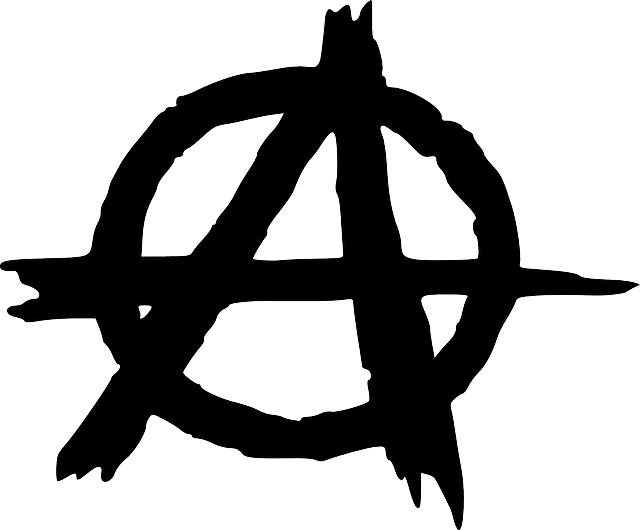
The anarchy symbol is often associated with rebellion, particularly in the context of anti-authoritarian and anti-capitalist movements.
The symbol, which features a stylized letter “A” enclosed within a circle, is used by anarchists as a visual representation of their opposition to centralized government and hierarchical social structures.
The origins of the symbol are not entirely clear, but it is believed to have been created by the French anarchist group Cercle Proudhon in the late 19th century.
Since then, it’s become a widely recognized symbol of anarchist ideology and has been used in a variety of contexts, from punk rock culture to political protests.
While some people view anarchy as a dangerous and chaotic philosophy, others see it as a legitimate form of political dissent that challenges the status quo and empowers marginalized communities.
2. Raised Fist
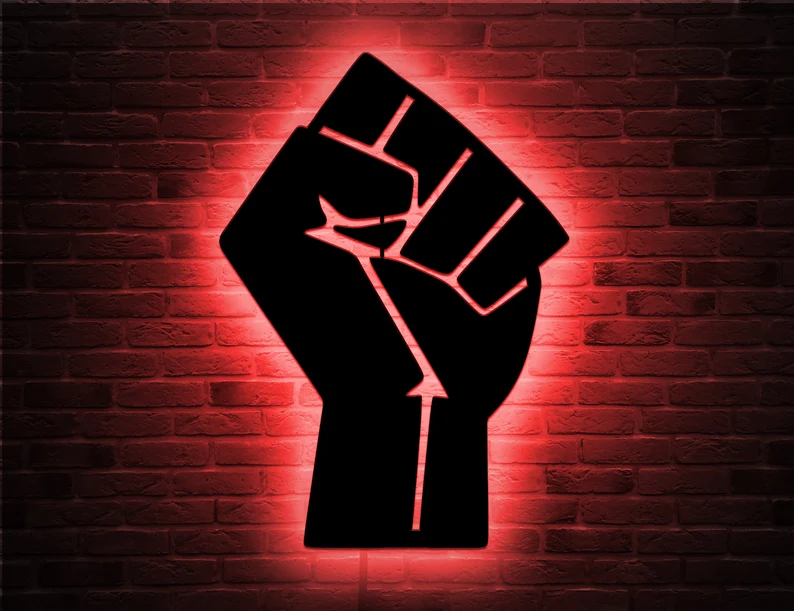
The raised fist is a powerful symbol of rebellion, associated with social and political movements that seek to challenge systemic oppression and inequality. The gesture involves raising one’s clenched fist in the air as a symbol of solidarity, strength, and resistance.
It’s been used by a diverse range of movements throughout history, including labor unions, civil rights activists, feminists, and anti-war protesters.
One of the most famous examples of the raised fist in action is the Black Power salute, which was performed by Tommie Smith and John Carlos during the medal ceremony at the 1968 Summer Olympics in Mexico City.
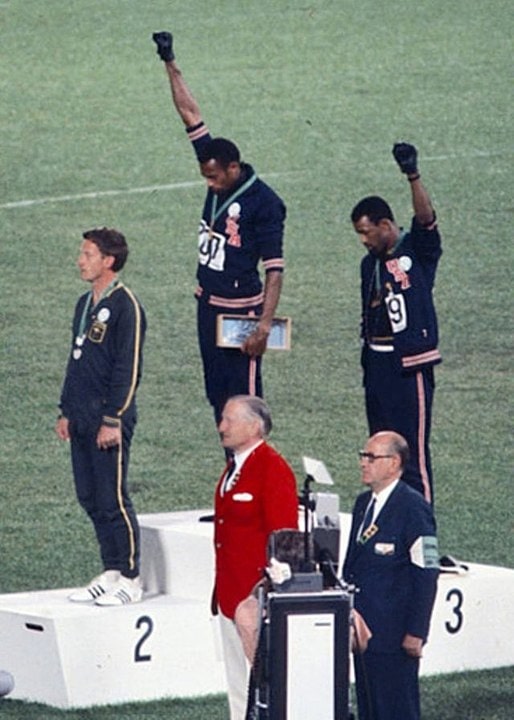
The gesture was a powerful statement against racial injustice in the United States and has since become an iconic symbol of the Black Lives Matter movement. Overall, the raised fist represents a powerful expression of collective action and rebellion against the status quo.
3. Molotov Cocktail

The Molotov cocktail is a homemade incendiary device consisting of a glass bottle filled with a flammable liquid, usually gasoline, and a cloth wick that’s ignited and thrown at a target.
While it’s not necessarily a symbol of rebellion in the same way that the anarchy symbol or the raised fist is, it’s been used as a tool of resistance and rebellion in various contexts.
The Molotov cocktail gained notoriety during the Spanish Civil War and was later used by guerrilla fighters during World War II and in conflicts in Vietnam, Palestine, and other parts of the world.
While it’s not a legal or ethical form of protest, the Molotov cocktail has been used by those without access to conventional weapons as a means of resistance against oppressive regimes and occupying forces.
Ultimately, the Molotov cocktail represents a desperate and dangerous form of rebellion, one that’s born out of frustration and a lack of options.
4. Black Flag

This powerful symbol of rebellion has been used by a variety of movements throughout history to express dissent and opposition to authority.
The flag is typically black in color and often features a white skull and crossbones or other symbols of death and danger.
While the origins of the black flag are not entirely clear, it’s been associated with anarchism since the late 19th century and has been used by anarchist groups around the world to signify their opposition to the state and all forms of hierarchical authority.
In addition to anarchism, the black flag has also been used by labor unions, anti-war protesters, and other social and political movements as a symbol of resistance and rebellion against oppressive systems.
Overall, it represents a powerful statement of defiance against the status quo and remains an enduring symbol of rebellion.
5. Skull and Crossbones

The skull and crossbones symbol is most commonly associated with danger, warning, and death, but it’s also a symbol of rebellion.
For centuries it’s been used to indicate the presence of poisonous substances, particularly in the context of piracy and naval warfare.
In the 18th and 19th centuries, pirates used skulls and crossbones on their flags to intimidate their victims and signal their intentions to attack.
This association with piracy and rebellion has continued into the modern era, with the symbol appearing in popular culture as a symbol of defiance, nonconformity, and anti-authoritarianism.
Today, the skull and crossbones can be found on everything from t-shirts and tattoos to protest signs and graffiti.
While its meaning may vary depending on the context in which it is used, the skull and crossbones remain powerful symbols of resistance and rebellion.
6. V for Vendetta Mask
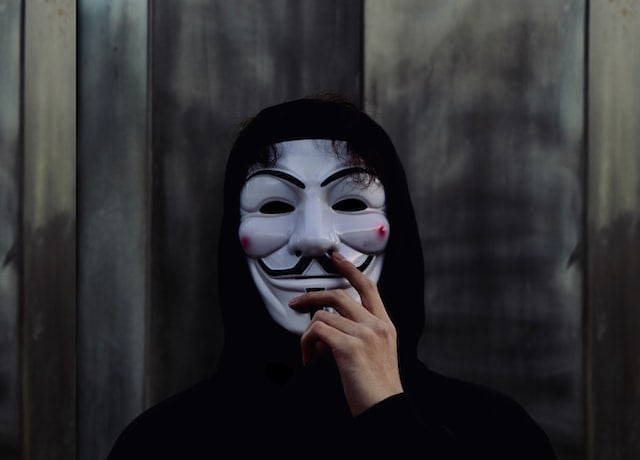
The V for Vendetta mask has become a symbol of rebellion and resistance, particularly in political and social contexts.
The mask is based on the character of V from the graphic novel and film “V for Vendetta,” who fights against a totalitarian government in a dystopian future.
The mask’s popularity as a symbol of rebellion grew after the release of the 2006 film adaptation, which depicted V as a charismatic and heroic figure fighting against oppression and injustice.
The mask has been used in various protests and social movements around the world, including the Occupy Wall Street movement and the Arab Spring uprisings.
The anonymity of the mask allows individuals to express their dissent without fear of retaliation, and its widespread recognition makes it a powerful symbol of collective resistance.
While its origins lie in a work of fiction, the V for Vendetta mask has taken on a life of its own as a potent symbol of rebellion and resistance against oppressive regimes and systems.
7. Che Guevara Portrait
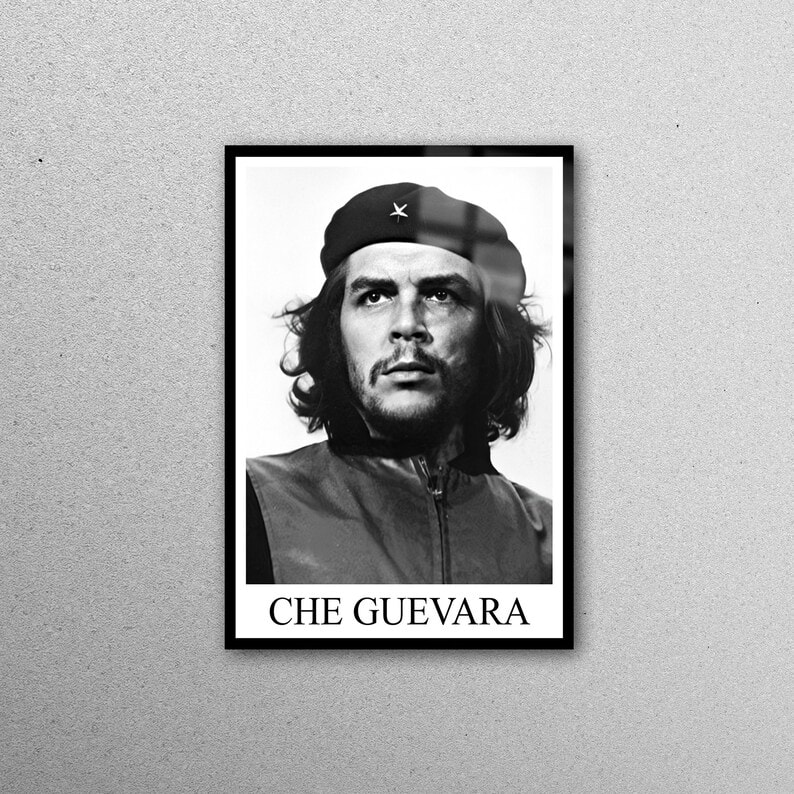
Che Guevara was a Marxist revolutionary who played a key role in the Cuban Revolution. His image has been widely used as a symbol of rebellion, anti-imperialism, and resistance to oppression.
The iconic portrait of Guevara was taken by Cuban photographer Alberto Korda in 1960, and it was later used by artists and activists around the world as a symbol of revolutionary struggle.
The image has been reproduced on t-shirts, posters, and other merchandise, and it has been associated with a range of leftist and progressive causes.
The use of the Che Guevara portrait as a symbol of rebellion has been controversial, with some critics arguing that it glorifies violence and authoritarianism. But still, it remains a powerful symbol of resistance and defiance against oppressive regimes and structures.
Its enduring popularity is a testament to the enduring appeal of revolutionary ideals and the human struggle for justice and freedom.
8. Graffiti
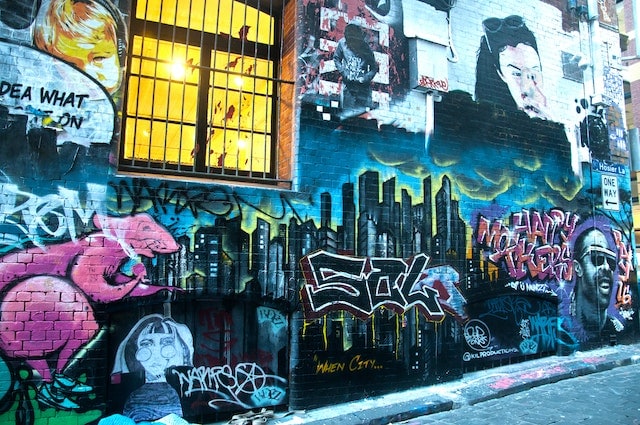
Graffiti has long been associated with rebellion and counterculture. It involves the use of public spaces to create art or convey messages, often in defiance of authority or social norms.
Historically, graffiti has been used by marginalized communities to assert their presence and challenge dominant narratives.
In the 1960s and 70s, graffiti emerged as a form of self-expression and resistance in urban areas, particularly in the context of the civil rights movement and anti-war protests.
Today, graffiti continues to be a powerful symbol of rebellion and dissent, with artists and activists using it to express a range of political, social, and cultural messages.
While graffiti is often stigmatized as a form of vandalism, it remains an important means of asserting public space as a site of free expression and challenging dominant power structures.
As such, it continues to play a vital role in the ongoing struggle for social justice and liberation.
9. Broken Chains

Broken chains are often used as a symbol of rebellion and resistance, particularly in the context of struggles for freedom and liberation. The image of broken chains represents the idea of breaking free from oppression and the struggle for emancipation.
Broken chains have been used as a symbol of resistance in many historical movements, including the abolitionist movement, the civil rights movement, and the feminist movement.
The image has also been used in the context of struggles against colonialism and imperialism, as well as in the fight against slavery and human trafficking.
Today, the image of broken chains continues to be a powerful symbol of resistance and liberation.
It represents the idea of overcoming oppression and achieving freedom, and it serves as a reminder of the ongoing struggles for justice and equality around the world.
As such, it continues to inspire and mobilize people in its fight against all forms of oppression and injustice.
10. Crossed Hammers
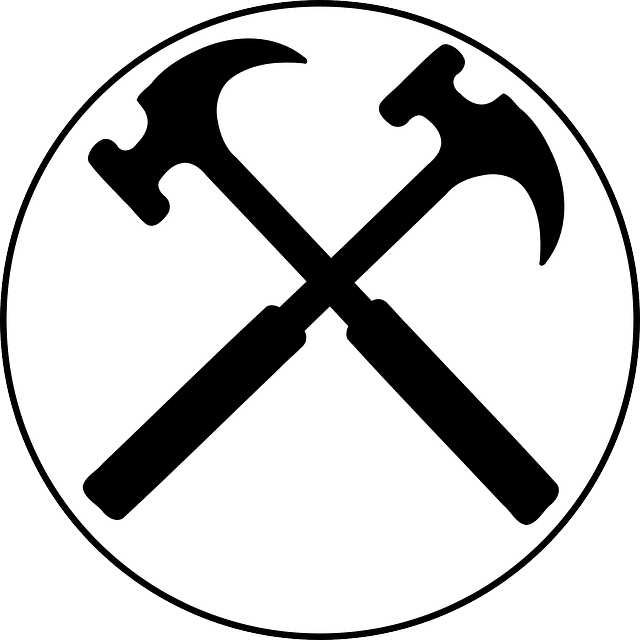
Crossed hammers can be seen as a symbol of rebellion, also representing the idea of workers’ solidarity and collective action against oppressive systems and economic exploitation.
The image of crossed hammers has been used in various labor movements throughout history, including the early labor movement in the United States and the trade union movement in Europe.
It’s also associated with the socialist and communist movements, which advocate for the collective ownership of the means of production and the elimination of economic inequality.
Today, the image of crossed hammers remains a powerful symbol of resistance and solidarity among workers and labor organizers.
It represents the idea of collective action and the power of organized labor to challenge oppressive economic systems and demand fair wages and working conditions.
As such, it continues to inspire and mobilize people in its fight for workers’ rights and economic justice.
11. Black Cat

In the context of anarchist movements, the black cat has been used as a symbol of resistance to authority and the state.
Anarchists have used the image of the black cat in posters and other forms of propaganda to symbolize their rejection of traditional power structures and the pursuit of a society based on voluntary association and mutual aid.
In some feminist and LGBTQ+ circles, the black cat has also been used as a symbol of empowerment and liberation.
The image represents the idea of reclaiming derogatory stereotypes and turning them into symbols of strength and defiance.
Overall, the image of the black cat continues to serve as a symbol of rebellion and resistance in various contexts.
Its use represents a rejection of dominant power structures and a commitment to pursuing a more just and equitable society.
12. Red star

The use of the red star as a symbol of rebellion dates back to the Russian Revolution of 1917 when the Bolsheviks adopted it as a symbol of the new Soviet state.
Since then, the red star has been used by various leftist and revolutionary movements around the world.
The red star represents the idea of revolutionary transformation, the overthrow of existing power structures, and the establishment of a new social order based on equality, solidarity, and collective ownership. While the red star is often associated with communism, it’s also been used by other radical movements, including anarchist and socialist-feminist groups.
Overall, the red star remains a powerful symbol of rebellion and resistance, representing the ongoing struggle for social justice and liberation.
13. Peace Sign
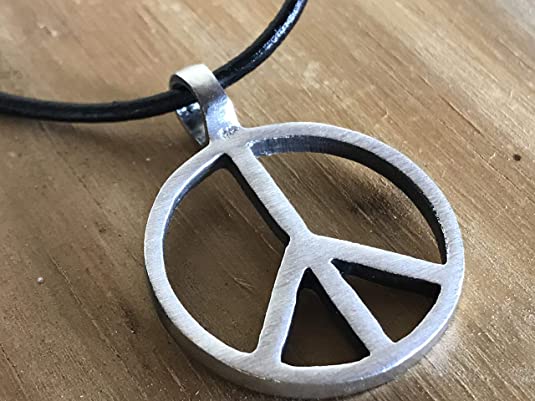
The peace sign was created in the 1950s by British designer Gerald Holtom, who was commissioned to design a symbol for the Campaign for Nuclear Disarmament (CND).
The symbol is made up of the semaphore signals for the letters “N” and “D,” which stand for “nuclear disarmament.”
Since its creation, the peace sign has been widely adopted as a symbol of peace and nonviolence.
It’s been used by various anti-war and peace movements around the world, including during the Vietnam War protests in the United States and the nuclear disarmament movements of the 1980s.
Today, the peace sign continues to be a powerful symbol of rebellion and resistance against war and violence. It represents the idea of peaceful protest and the pursuit of a world free from the destructive effects of war and conflict.
14. Liberty Tree

The Liberty Tree is a symbol of rebellion and resistance in the context of the American Revolution.
The Liberty Tree was a large elm tree that stood in Boston and served as a gathering place for colonists who were protesting British rule.
The tree became a symbol of resistance against British tyranny and was often used as a meeting place for patriots who were organizing protests and acts of civil disobedience.
The Sons of Liberty, a revolutionary organization that played a key role in the American Revolution, adopted the tree as a symbol of their cause.
The Liberty Tree represented the idea of freedom and resistance against oppressive authority. It was a physical manifestation of the colonists’ commitment to defending their rights and liberties against the encroachments of British rule.
Today, it continues to serve as a symbol of rebellion and resistance against tyranny and oppression. It represents the ongoing struggle for freedom and justice in the face of oppressive power structures.
15. Umbrella

The umbrella’s use as a symbol of rebellion is quite recent. During the Hong Kong protests in 2019, umbrellas were used as a tool to protect protesters from tear gas and pepper spray, as well as a symbol of resistance against the Hong Kong government and its police force.
Since then, the umbrella has become a powerful symbol of resistance against oppressive authority.
The umbrella represents the idea of protection and defense against hostile forces, as well as the resilience and determination of protesters who refuse to back down in the face of oppression.
Today, the umbrella continues to serve as a symbol of rebellion and resistance, representing the ongoing struggle for freedom and democracy in Hong Kong and beyond.
Wrapping Up
Symbols of rebellion have played a crucial role in shaping political, social, and cultural movements throughout history.
From the black cat to the peace sign, these symbols have served as powerful tools for resistance, defiance, and subversion, challenging the dominant power structures and inspiring people to fight for change.
In short, symbols of rebellion are an essential part of our collective history and a powerful tool for creating a more just and equitable society.






